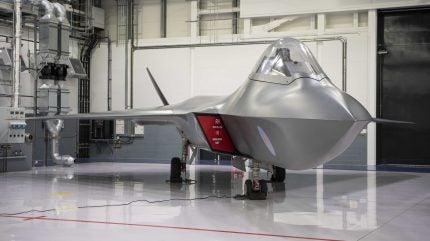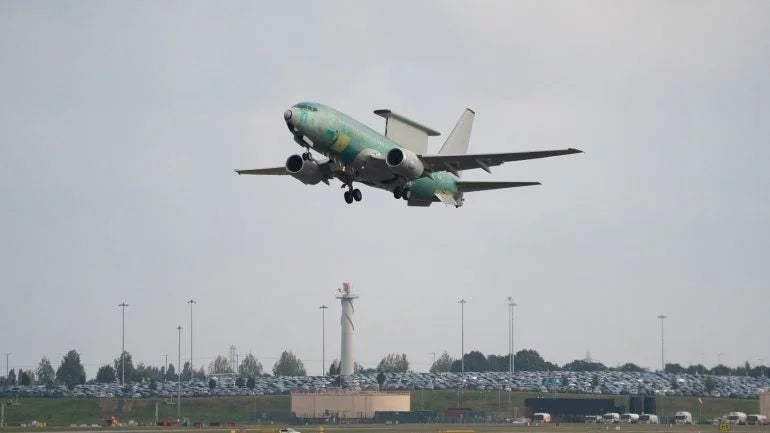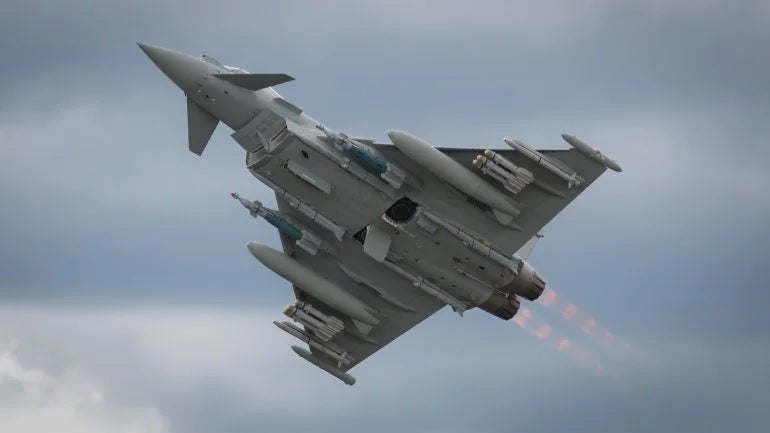
Two of the UK’s main air domain defence programmes, the Future Combat Aircraft System (FCAS) and E-7 Wedgetail, have been given a ‘red’ rating in the government’s Infrastructure and Projects Authority Annual Report 2023-24, published on 17 January 2025.
Of the 49 defence programmes listed in the report the vast majority are listed as being ‘amber’, which means that significant issues remain but the programme can still meet its targetted timelines.
However, according to the government, a red rating indicates “successful delivery of the project appears to be unachievable”, with major issues with project definition, schedule, budget, quality and/or benefits delivery, which “at this stage do not appear to be manageable or resolvable”.
As a result, the project may need re-scoping and/or its overall viability reassessed, the report states.
A UK MoD spokesperson said: “These ratings were taken in March 2024 and cover the final year of the previous government. As the Defence Secretary [John Healey] has said, this government inherited only two out of 49 major defence projects rated as fully on time and on budget.
“The Defence Secretary has since launched the biggest reform of the Ministry of Defence in over 50 years to fix what the Public Accounts Committee called the ‘broken’ procurement system and to strengthen UK Defence.

US Tariffs are shifting - will you react or anticipate?
Don’t let policy changes catch you off guard. Stay proactive with real-time data and expert analysis.
By GlobalData“We are getting a grip of MoD budgets, driving deep reform in defence and ensuring that we reduce the waste and delay in procurement contracts. Our reforms will make decisions faster, keep the country safer and achieve best value for taxpayers.”
FCAS and E-7 in the red
The outcome marks a decline in the assessed progress of the E-7 Wedgetail programme, which is intended to deliver three new airborne early warning, command and control (AEW&C2) aircraft into Royal Air Force service, in replacement for the long-department E-3 Sentry fleet.
The E-7 Wedgetail is due to come into service in 2025, with the first of the aircraft beginning test flights in September 2024.

However, the red rating awarded to the FCAS programme, which is the UK designation for the tri-nation Global Combat Air Platform (GCAP), will be of more concern, given the intended delivery into service and IOC by 2035. This is the second consecutive year the FCAS has been rated red.
In the making since 2019, the trilateral industrial endeavour between Italy, Japan, and the UK is moving closer to reality with the establishment of key programme structures to direct the project. The town of Reading, situated some 40 miles west of London, has been selected to house the new headquarters of the GCAP programme.
In a recent report, the UK’s Defence Select Committee stated that GCAP would have to “break the mould” if it wanted to achieve its programme timeline.
Can FCAS keep to timeline?
Due to enter service in 2035, the FCAS fighter will replace the outgoing Eurofighter Typhoon combat aircraft, which will retire in the early 2040s. Italy is also looking to replace elements of its Eurofighter fleet with the FCAS/GCAP, while the jet will replace the Mitsubishi F-2 for Japan.

Unlike all its Eurofighter partners, in 2024 the UK opted not to place orders for additional aircraft to bolster its existing fleet, which is expected to shrink with the axing of the 30 Tranche 1 Typhoons in 2025, leaving just 107 Tranche 2 and Tranche 3 aircraft in service.
However, the timeline for the introduction of the FCAS is tight. The first flight of the demonstrator aircraft is due within the next three years, around the 2027-28 timeframe.
The Eurofighter effort, the closest comparator to FCAS, took nine years from the first flight (1994) to service entry in 2003. The manufacture of the first prototypes began in 1989.
Additional reporting by John Hill.



